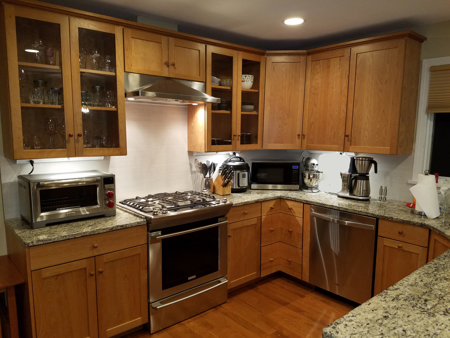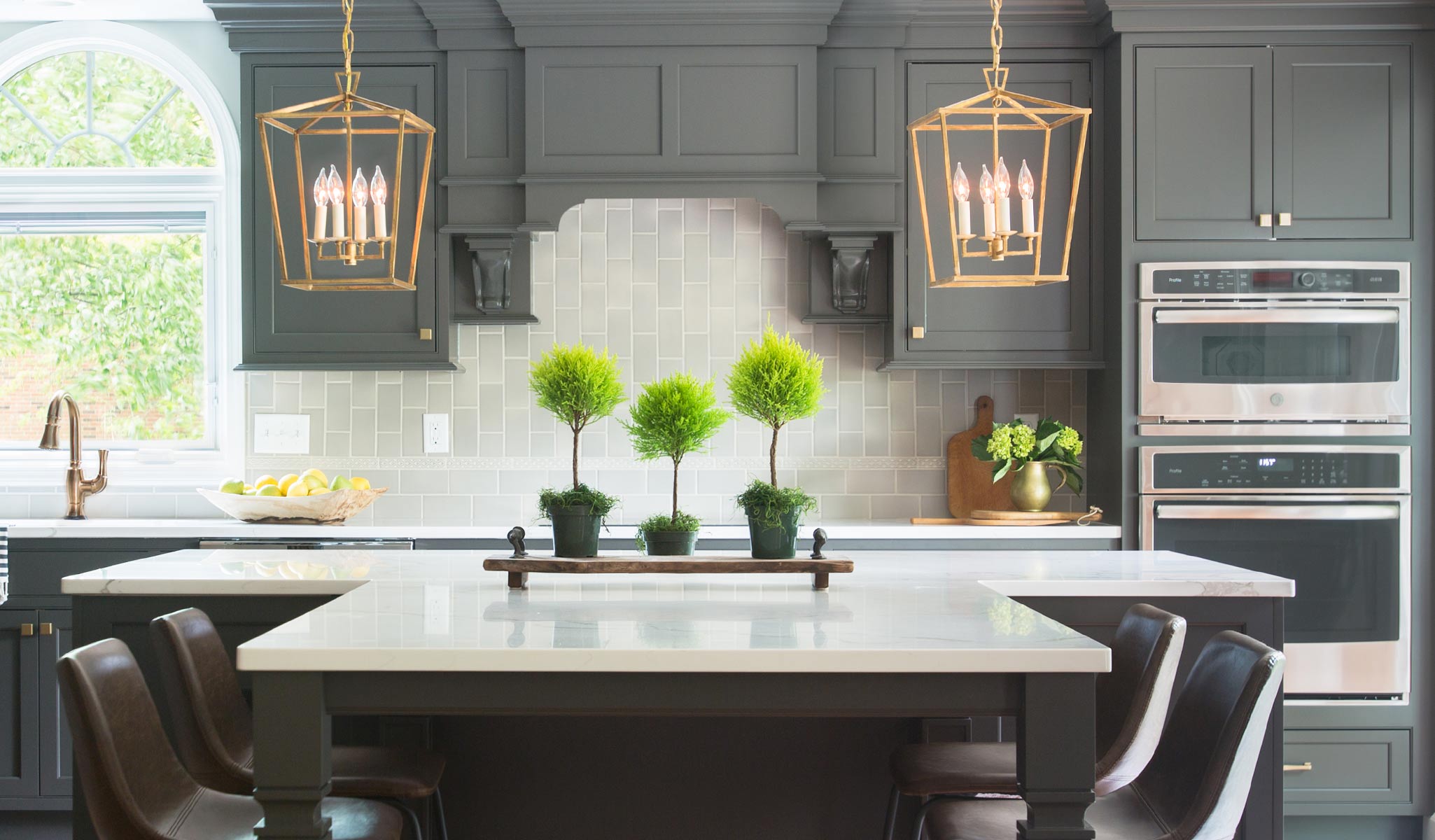All Categories
Featured
In home style, door placement typically takes a rear seat to larger building decisions, yet it plays a crucial duty in shaping how a residence functions and really feels. Proper door placing makes sure that rooms are efficient, visually pleasing, and conducive to a comfy lifestyle. Here's an in-depth look at the scientific research behind door positioning and why it is entitled to more interest in the design process.
Doors are the portals that link one room to an additional, and their positioning must assist in smooth activity throughout the home.
Trick Factors To Consider:
Sensible Pathways: Setting doors to line up with natural website traffic patterns. A kitchen door ought to supply direct access to the dining area to streamline day-to-day regimens.
Lessening Challenges: Stay clear of positioning doors where furnishings or structural aspects may obstruct their swing or produce bottlenecks.
Transitions: Usage doorways to note transitions between public and personal areas, such as corridors bring about bed rooms.
The positioning of doors can considerably affect exactly how light and air distribute within a home, adding to its total ambiance and power effectiveness.
Positioning Methods:
Cross-Ventilation: Place doors contrary home windows or other openings to advertise air movement, especially in warm environments.
Sunlight Optimization: Take into consideration the positioning of exterior doors to capture morning or afternoon light, lightening up insides naturally.
Glass Doors: Utilize doors with glass inserts to allow light to filter with, enhancing brightness in adjacent spaces.
Tactical door placement is essential for maintaining personal privacy in key areas without endangering availability.
Finest Practices:
Bedrooms and Bathrooms: Placement these doors far from high-traffic zones like living kitchen areas or spaces to create a feeling of hideaway.
Visitor Locations: For homes with guest suites, doors ought to provide both simple access and personal privacy for site visitors.
Key Entryway: The front door should provide straight accessibility to usual locations without revealing too much of the home's interior.
Beyond functionality, doors play a substantial function in the aesthetic comprehensibility of an area. Their positioning and style ought to enhance the home's visual appeal.
Layout Tips:
Balance and Equilibrium: Line up doors symmetrically in shared rooms like corridors to produce a sense of order.
Prime Focus: Usage grand entrance doors or special styles as visual highlights.
Consistency: Suit door styles and coatings across the home for a cohesive appearance.
Door placement can influence a home's power efficiency by managing warmth circulation and insulation.
![]()
Energy-Saving Methods:
Protected Doors: Usage well-insulated outside doors to lower energy loss.
Wind Protection: Position primary doors away from dominating wind directions or use vestibules to reduce drafts.
Zoning: Use doors to area off locations of the home for targeted heating or cooling.
![]()
In numerous societies, the placement of doors lugs symbolic significance and can influence just how a home is viewed.
Instances:
Feng Shui: In this tradition, the front door's positioning influences the circulation of "chi" or power, with standards emphasizing visibility and balance.
![]()
Directional Positioning: In Vastu Shastra, an ancient Indian design approach, door alignment is thought to effect prosperity and consistency.
Entrance Statements: Grand entries or intricately designed doors can indicate heat and hospitality.
Last Ideas
Door positioning is both an art and a science. Thoughtful positioning makes sure that homes are not just functional yet likewise unified and inviting. By considering spatial flow, natural light, personal privacy, and cultural elements, developers and house owners can create spaces that really feel balanced and intuitive. When planned correctly, doors become greater than simply access factors; they form the whole living experience.
- Enhancing Spatial Flow
Doors are the portals that link one room to an additional, and their positioning must assist in smooth activity throughout the home.
Trick Factors To Consider:
Sensible Pathways: Setting doors to line up with natural website traffic patterns. A kitchen door ought to supply direct access to the dining area to streamline day-to-day regimens.
Lessening Challenges: Stay clear of positioning doors where furnishings or structural aspects may obstruct their swing or produce bottlenecks.
Transitions: Usage doorways to note transitions between public and personal areas, such as corridors bring about bed rooms.
- Taking Full Advantage Of All-natural Light and Air Flow
The positioning of doors can considerably affect exactly how light and air distribute within a home, adding to its total ambiance and power effectiveness.
Positioning Methods:
Cross-Ventilation: Place doors contrary home windows or other openings to advertise air movement, especially in warm environments.
Sunlight Optimization: Take into consideration the positioning of exterior doors to capture morning or afternoon light, lightening up insides naturally.
Glass Doors: Utilize doors with glass inserts to allow light to filter with, enhancing brightness in adjacent spaces.
- Stabilizing Personal Privacy and Ease Of Access
Tactical door placement is essential for maintaining personal privacy in key areas without endangering availability.
Finest Practices:
Bedrooms and Bathrooms: Placement these doors far from high-traffic zones like living kitchen areas or spaces to create a feeling of hideaway.
Visitor Locations: For homes with guest suites, doors ought to provide both simple access and personal privacy for site visitors.
Key Entryway: The front door should provide straight accessibility to usual locations without revealing too much of the home's interior.
- Visual Integration
Beyond functionality, doors play a substantial function in the aesthetic comprehensibility of an area. Their positioning and style ought to enhance the home's visual appeal.
Layout Tips:
Balance and Equilibrium: Line up doors symmetrically in shared rooms like corridors to produce a sense of order.
Prime Focus: Usage grand entrance doors or special styles as visual highlights.
Consistency: Suit door styles and coatings across the home for a cohesive appearance.
- Energy Effectiveness Factors To Consider
Door placement can influence a home's power efficiency by managing warmth circulation and insulation.

Energy-Saving Methods:
Protected Doors: Usage well-insulated outside doors to lower energy loss.
Wind Protection: Position primary doors away from dominating wind directions or use vestibules to reduce drafts.
Zoning: Use doors to area off locations of the home for targeted heating or cooling.

- Symbolic and cultural Impacts
In numerous societies, the placement of doors lugs symbolic significance and can influence just how a home is viewed.
Instances:
Feng Shui: In this tradition, the front door's positioning influences the circulation of "chi" or power, with standards emphasizing visibility and balance.

Directional Positioning: In Vastu Shastra, an ancient Indian design approach, door alignment is thought to effect prosperity and consistency.
Entrance Statements: Grand entries or intricately designed doors can indicate heat and hospitality.
Last Ideas
Door positioning is both an art and a science. Thoughtful positioning makes sure that homes are not just functional yet likewise unified and inviting. By considering spatial flow, natural light, personal privacy, and cultural elements, developers and house owners can create spaces that really feel balanced and intuitive. When planned correctly, doors become greater than simply access factors; they form the whole living experience.
Latest Posts
Visit Montclare Auto Repair Right Away - Fast Service Guaranteed
Published Apr 18, 25
2 min read
Empowering Youth with WyHy's Monetary Devices
Published Apr 18, 25
1 min read
Durable Fencing Solutions for Your Yard, Ranch, or Ranch
Published Apr 18, 25
1 min read